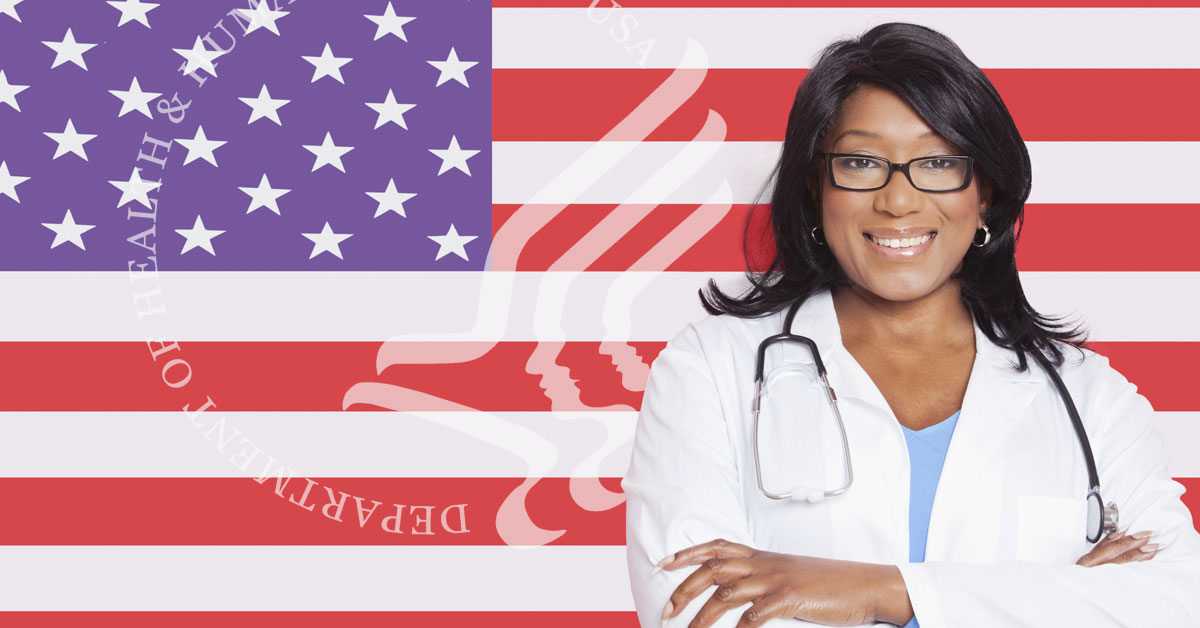
1800HOSPICE Celebrates Home Care and Hospice Month
Each November, the home care and hospice community honors the millions of nurses, home care aides, therapists, and social workers who make a difference for the patients and families they serve. These heroic caregivers play a central role in our health care system and in homes across the nation. To recognize their efforts, we call upon all Americans to commemorate the power of caring, both at home and in their local communities, and join with 1800HOSPICE and the National Association for Home Care & Hospice (NAHC) in celebrating November as National Home Care & Hospice Month.
What is Hospice?
Hospice strives to provide the highest quality of care and comfort to those in their last stage of life. When life seems unsteady and chaotic during these events, hospice exists to provide support, care, and counseling for families in need. The primary focus of hospice is caring, not curing. It is understood that at this stage of a patient’s life, their quality of life should be improved as much as possible. Hospice providers do everything they can to give patients a sense of dignity and respect. They help patients do the things that they love doing as long as they can.
An Aging America
The number of people aged 65 and older in the United States has grown rapidly over most of the 20th century, from 3.1 million in 1900 to 35 million in 2000.1 With 10,000 Americans turning 65 every day, the need for health care will continue to rise, and costs will continue to skyrocket. This is where home care and hospice come in. It is the preferred choice for most patients and offers the greatest cost savings.
Medicare pays nearly $2,000 per day for a typical hospital stay and $450 per day for a typical nursing home stay. Meanwhile, home care costs less than $150 a day and helps many U.S. seniors remain independent at home, enrich their lives, and keep in touch with those they love.
What Does Hospice Do?
- The primary service in hospice is home nursing to help with rest, comfort, and symptom management.
- Aide service for support with activities of daily living such as bathing, grooming, medication reminders, and light housekeeping.
- Volunteer coordination so volunteers can provide companionship and support with activities of daily living such as running errands or helping around the house. Many hospices also coordinate chaplain services. Hospice volunteerism can also include specific programs such as music therapy programs or comfort dogs.
- Therapies: This is primarily physical therapy, occupational therapy, and speech therapy for palliative care.
- Diagnosis-related medications. Hospice would not pay for all a patient’s medications, but it would pay for the medications related to the hospice diagnosis.
- Diagnosis-related supplies such as wound care supplies, catheters, etc.
- Diagnosis-related equipment such as hospital beds, bedside commodes, walkers, etc.
- Bereavement support: Care doesn’t end after a patient passes. Hospice stays in touch with spouses and close family members and provides bereavement support for up to six months.
The Heroes
The individuals involved in both home care and hospice are the “real heroes” because of their daily support of caring, quality of care, and compassion to patients and families during their most difficult times, including the final stages of life. We would like to take this opportunity to thank the home care and hospice providers and agencies for the invaluable services they provide.
Reference:
- United States Census Bureau. By 2030, All Baby Boomers Will Be Age 65 or Older. Last accessed: 2022 Oct. Online: https://www.census.gov/library/stories/2019/12/by-2030-all-baby-boomers-will-be-age-65-or-older.html





